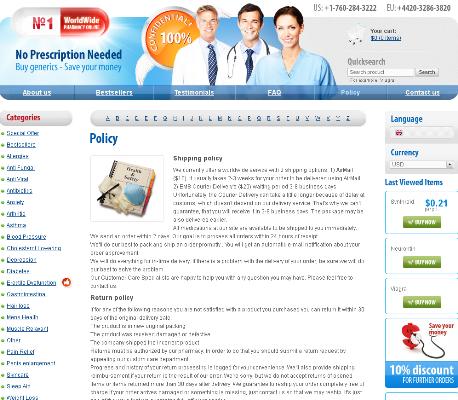Ozempic Dosage Guide: Starting, Adjusting, and Safety
Finding Your Starting Dose: What to Expect
I remember my first clinic visit: a clear plan, a starter pen and calm guidance from my clinician. Most people begin on a low weekly dose to minimise nausea and to test tolerability. Expect a short learning curve — simple injection steps, storage rules and follow-up calls to adjust therapy. Teh gradual start helps patients stick with treatment.
Your prescriber will recomend a schedule for stepwise increases, usually at weekly intervals, and will advise when to pause if side effects occasionally emerge. Keep a log of doses, symptoms and weight; bring it to appointments. Knowing what to expect reduces anxiety and makes dose adjustments smoother and safer. Contact your team if severe symptoms appear suddenly.
| Week | Typical dose |
|---|---|
| 1 | 0.25 mg |
| 2 | 0.5 mg |
| 4+ | 1.0 mg (may increase) |
Stepwise Dose Escalation: Safe Weekly Increments

I remember a patient’s first week adjusting to ozempic: starting with a low dose helps the body adapt, and providers usually recommend weekly increases only after tolerability is confirmed. Teh usual pattern moves from a modest starter dose to a maintenance dose over several weeks, allowing nausea and appetite changes to settle.
A schedule often begins 0.25 mg weekly for four weeks, then steps to 0.5 mg, and, if needed and tolerated, to 1 mg or higher at four-week intervals; some clinicians advance every week but most favour gradual change. Watch for persistent GI upset or hypoglycemia and slow the titration or revert to the prior dose when symptoms occur.
Document symptoms, weight, and glucose readings; communicate with your clinician before making any changes. That rhythm of cautious escalation balances benefit and safety, and helps patients acheive long term outcomes.
Managing Side Effects: Tips to Stay Comfortable
I remember my first weeks on ozempic — nausea and mild fatigue showed up, but they eased. Start slow, expect some appetite changes, and know these early effects are usually temporary.
Small, frequent meals, ginger, and plenty of water help. Occassionally a bland snack before dosing reduces nausea. Rise slowly to prevent dizziness and discuss antiemetics with your clinician if needed.
Alert your provider for severe abdominal pain, persistent vomiting, or jaundice — signs of rare pancreatitis or gallbladder issues. Track weight loss and blood sugars; adjust dose promptly under medical guidance.
When to Adjust Dose: Signs and Signals

You might notice weight-loss slowing or persistent nausea; these early cues help decide whether to change your ozempic dose. Track patterns over two to four weeks and note fasting glucose, appetite, energy, and injection-site reactions. Small, consistent trends matter more than single bad days.
Severe hypoglycemia, recurrent vomiting, or unexplained dizziness require prompt medical review; do not self-adjust if you develop worsening kidney function or start new diabetes medicines. Adjustments are gradual—titrated weekly under clinician guidance so benefits improve while side effects subside.
Talk openly about goals and life changes—travel, acute illness, plans for pregnancy, or major weight shifts. Keep a simple log and check A1c every three months; call your provider if weight drops rapidly or symptoms persist. Occassionally clinicians pause dosing to aquire clearer data or to rule out other causes and arrange a follow-up within two weeks.
Special Populations: Seniors, Pregnancy, and Comorbidities
Older adults often need gentler starts and follow-up; metabolism and renal function can change dosing plans with ozempic, and balance frailty and cognition.
Pregnant or breastfeeding people should generally avoid it and discuss alternatives; risk-benefit conversations with providers are neccessary plus nutrition.
| Group | Quick tip |
|---|---|
| Older adults | Start low, monitor kidney and hydration |
| Pregnancy | Avoid or consult obstetrician |
| Comorbid conditions | Adjust for interactions and frailty and review meds regularly |
For complex medical profiles, team-based Managment and regular labs help catch hypoglycemia, dehydration, or pancreas concerns early and coordinate with specialists.
Monitoring and Safety: Labs, Alerts, When to Seek Help
Start with a baseline: A1c, renal and liver tests, and a medication review. Keep a simple diary of blood glucose, weight and symptoms so you can spot patterns quickly. Teh clinic may ask for periodic labs and adjust treatment based on trends and follow-up.
Watch for danger signals — severe abdominal pain, persistent vomiting, sudden vision changes, or repeated hypoglycemia. Call your provider promptly if these occur; occassionally urgent evaluation is needed. For routine concerns, communicate changes in appetite, hydration, or new medications so safety decisions are timely. FDA label MedlinePlus
<

